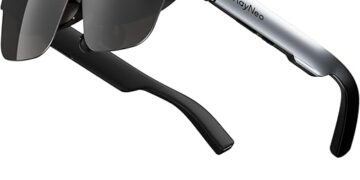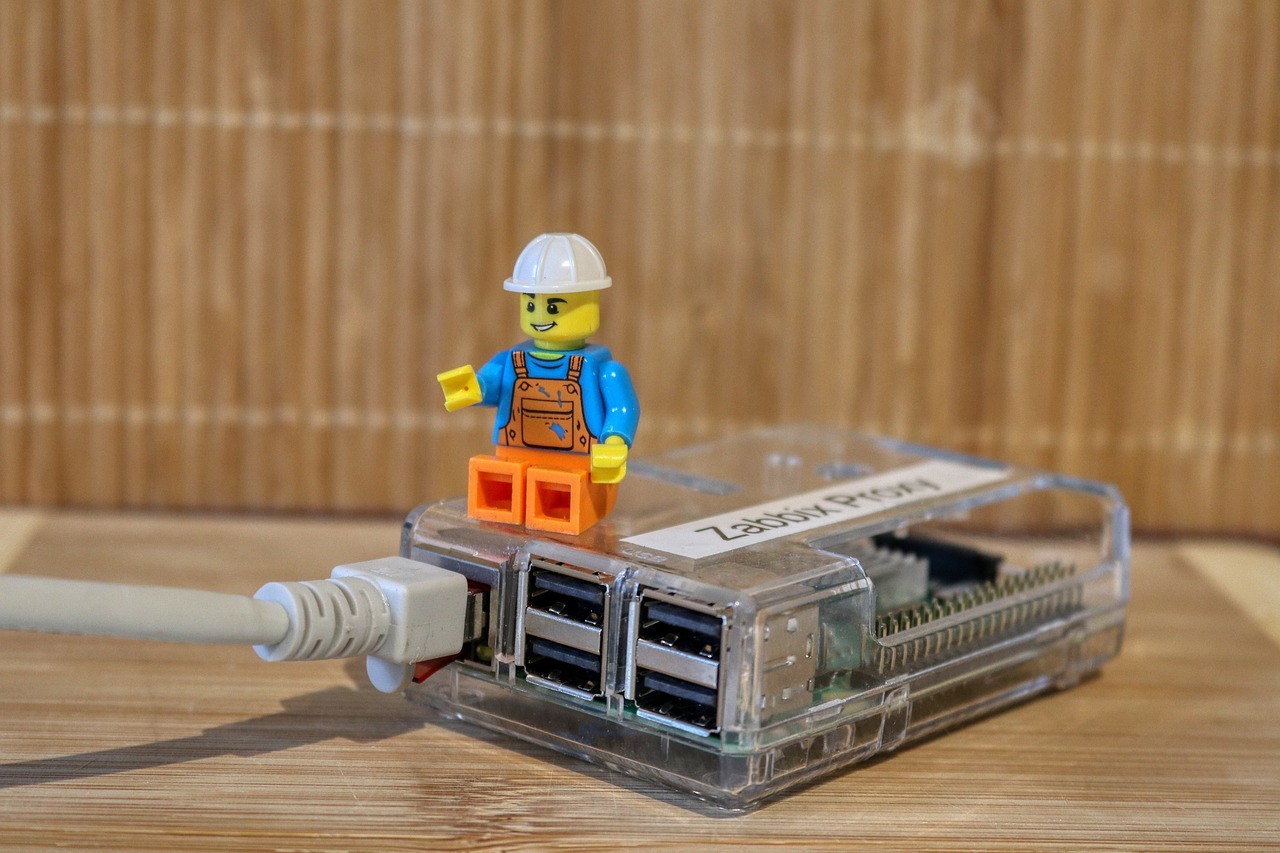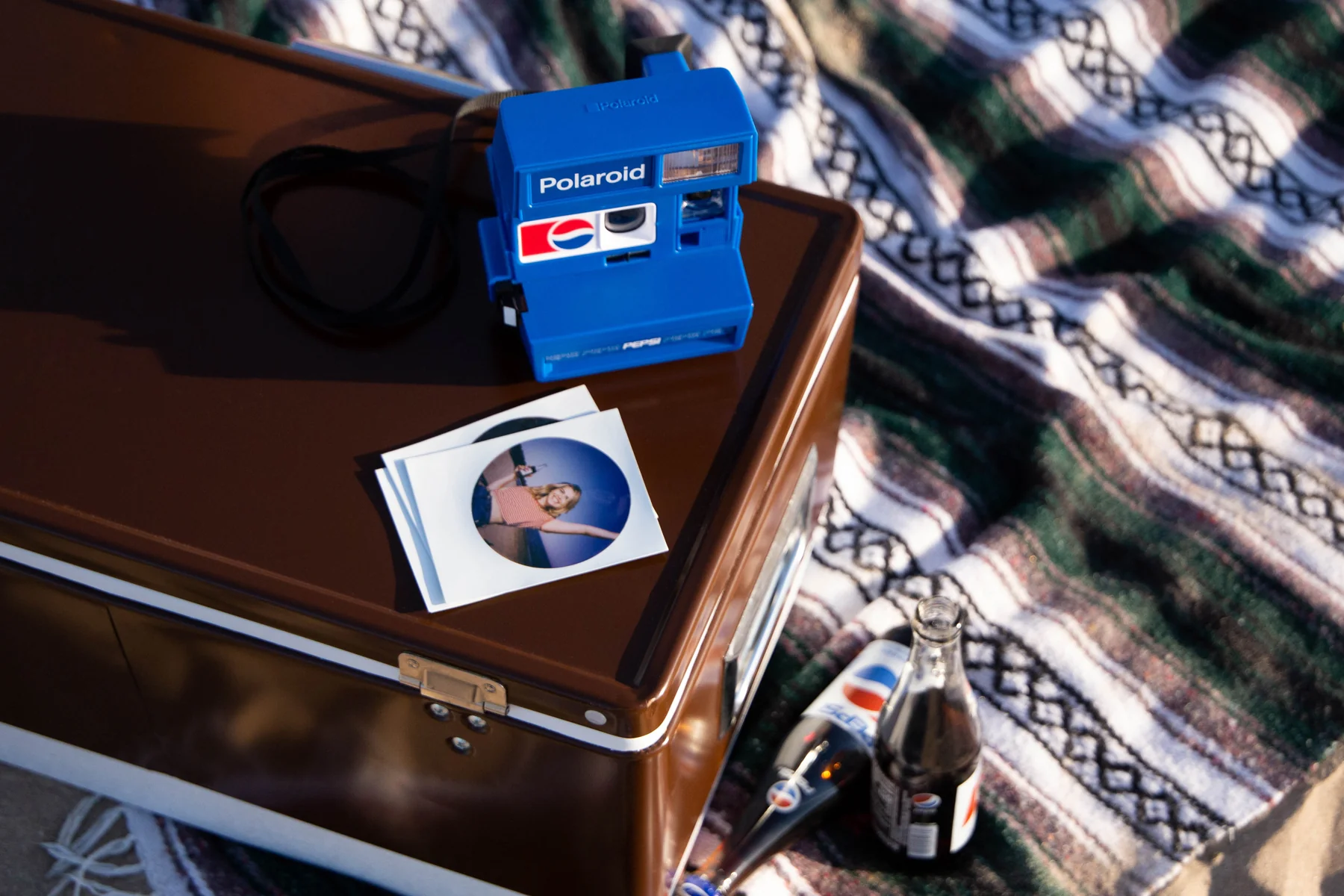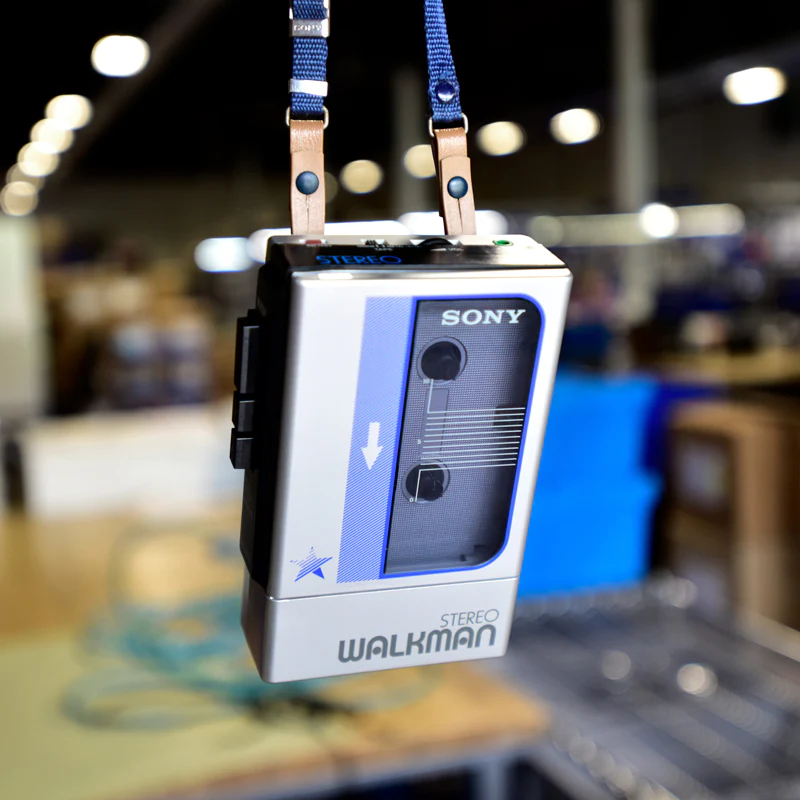Have you ever thought about saving the planet by burying bricks? No, this isn’t a new Minecraft strategy, but something even Bill Gates is getting excited about. Let’s dive into the world of Graphyte, a startup that’s making waves with its groundbreaking (quite literally!) approach to carbon storage.
Imagine this: You’re chilling on your couch, and there’s a company out there turning plant waste into eco-superbricks that trap carbon for a thousand years. Sounds like a sci-fi plot, right? Wrong! This is what Graphyte, a startup backed by Bill Gates’ Breakthrough Energy Ventures, is actually doing. And here’s the kicker – they’re doing it for less than $100 per ton. That’s cheaper than your monthly coffee habit!
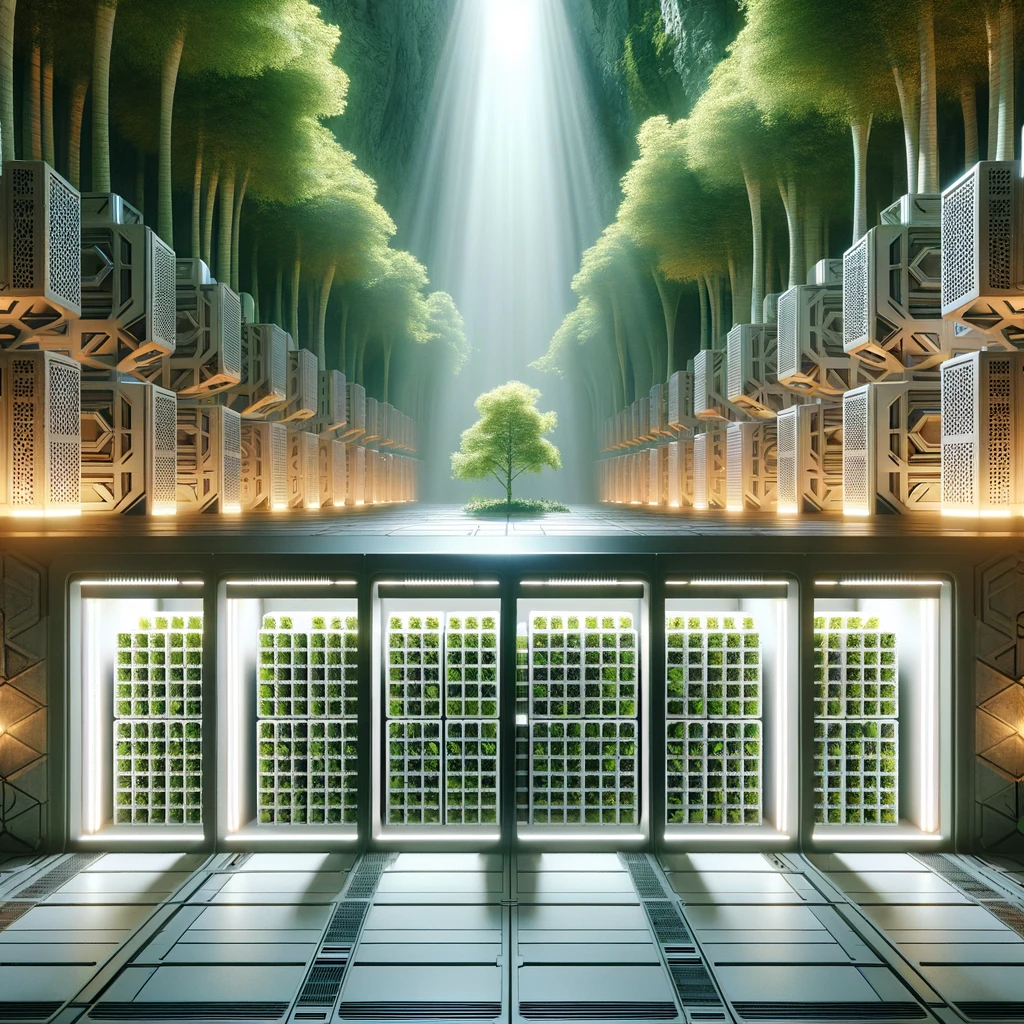
So, how does this work? Well, Graphyte has turned to Mother Nature’s oldest trick in the book – photosynthesis. Trees and plants are like nature’s carbon vacuums, and Graphyte is using this to their advantage. They collect unwanted biomass (that’s a fancy term for plant leftovers) from logging and farming. Then, with a process that sounds more like a magic spell – carbon casting – they transform this biomass into bricks. Not just any bricks, though – these are carbon-trapping superheroes.
Now, you might be thinking, “Bricks? Underground? Why?” These aren’t your average building bricks. They’re more like time capsules for carbon. By storing these bricks in monitored, underground sites, Graphyte ensures the carbon stays out of our atmosphere and doesn’t go partying with greenhouse gases.
This isn’t just about storing carbon; it’s about doing it on the cheap and at scale. Graphyte is ready to roll this out big time, and it couldn’t come at a better moment. With climate change knocking on our doors, we need solutions that are both effective and economical.
But wait, there’s more! Graphyte isn’t the only player in the eco-brick league. There’s also a team in Seattle working with something called biochar. Think of it as charcoal’s eco-friendly cousin. Myno Carbon, another pioneering company, is using this technique to trap carbon with the help of timber waste.
While Graphyte and Myno Carbon are playing with plants, other startups are taking a more direct approach, building machines that suck carbon right out of the air. The catch? It’s not exactly wallet-friendly – we’re talking hundreds of dollars per ton.
The Pacific Northwest is getting in on the action, too, with a $3 million nod from the U.S. Department of Energy to explore a carbon capture hub. Imagine a place where carbon is trapped using everything from futuristic bricks to basaltic rocks.
Even the big tech players are joining the party. Microsoft and Amazon are writing checks to these carbon capture startups, essentially hiring them to clean up the atmosphere.
And just when you thought it couldn’t get more interesting, Heirloom, one of Microsoft’s partners, recently kicked off operations at the first commercial direct air capture facility in the U.S. That’s like having a giant vacuum cleaner for the sky.
In short, while you’re binging your favorite series, there are folks out there turning plants into bricks, sucking carbon from the sky, and basically being eco-superheroes. So, next time you see a tree or a plant, give it a nod – it might just be part of our planet-saving brigade!










![Apple Watch SE (2nd Gen) [GPS 40mm] Smartwatch with Starlight Aluminum Case with Starlight Sport Band S/M. Fitness & Sleep Tracker, Crash Detection, Heart Rate Monitor](https://www.tech-bit.com/wp-content/uploads/2024/06/applewatchse2ndgengps40mmsmartwatchwithstarlightaluminumcase-360x180.jpg)







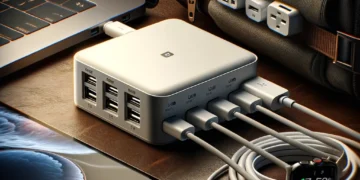








![Apple Watch Series 9 [GPS 45mm] Smartwatch with Midnight Aluminum Case with Midnight Sport Band S/M. Fitness Tracker, ECG Apps, Always-On Retina Display, Water Resistant](https://www.tech-bit.com/wp-content/uploads/2024/06/applewatchseries9gps45mmsmartwatchwithmidnightaluminumcasewith-360x180.jpg)



![Apple Watch Ultra 2 [GPS + Cellular 49mm] Smartwatch, Sport Watch with Rugged Black Titanium Case with Black Ocean Band. Fitness Tracker, Precision GPS, Action Button, Extra-Long Battery Life](https://www.tech-bit.com/wp-content/uploads/2024/10/applewatchultra2gpscellular49mmsmartwatchsportwatchwithrugged-360x180.jpg)

